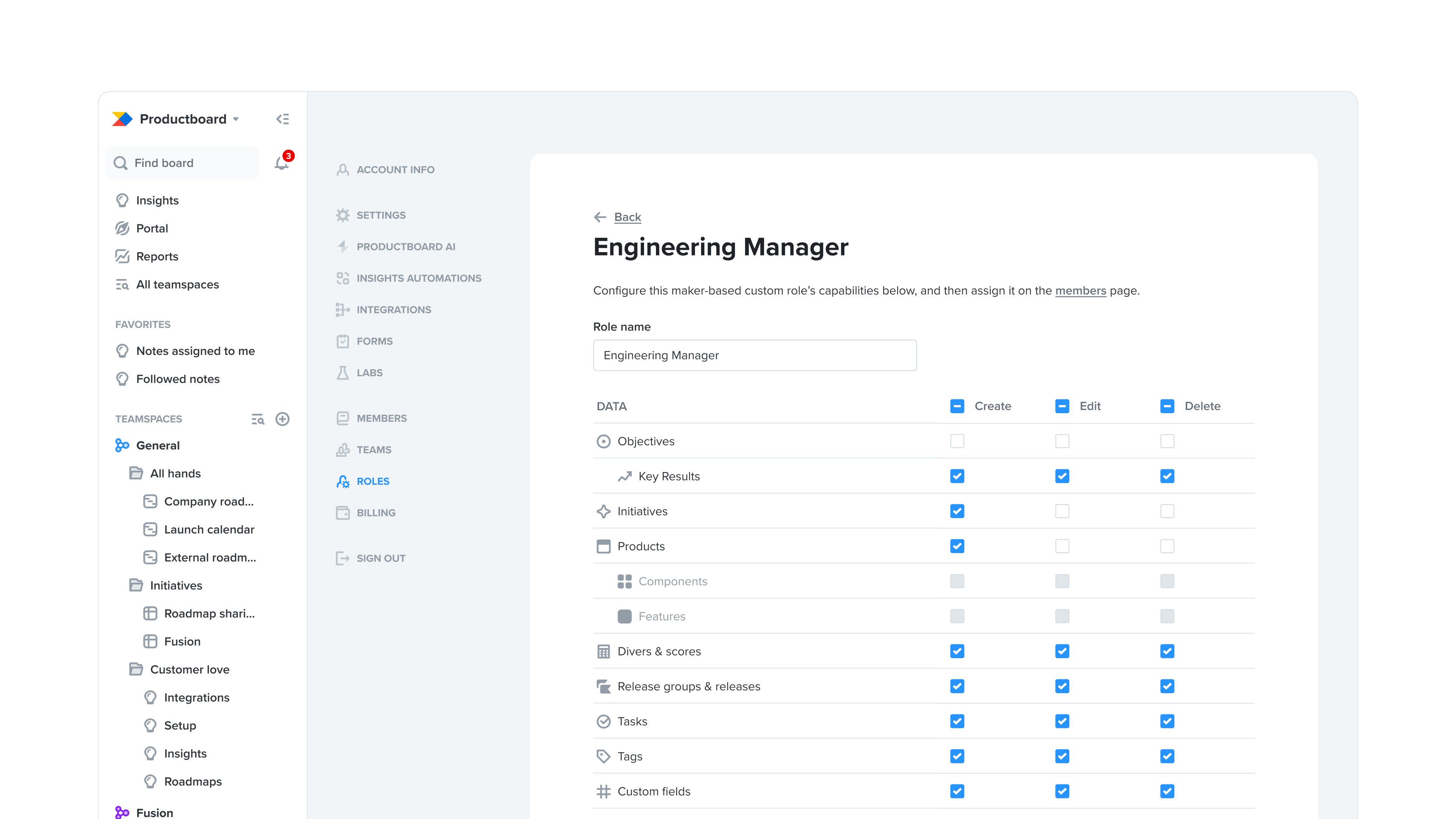Why top product organizations are adopting dedicated product management systems
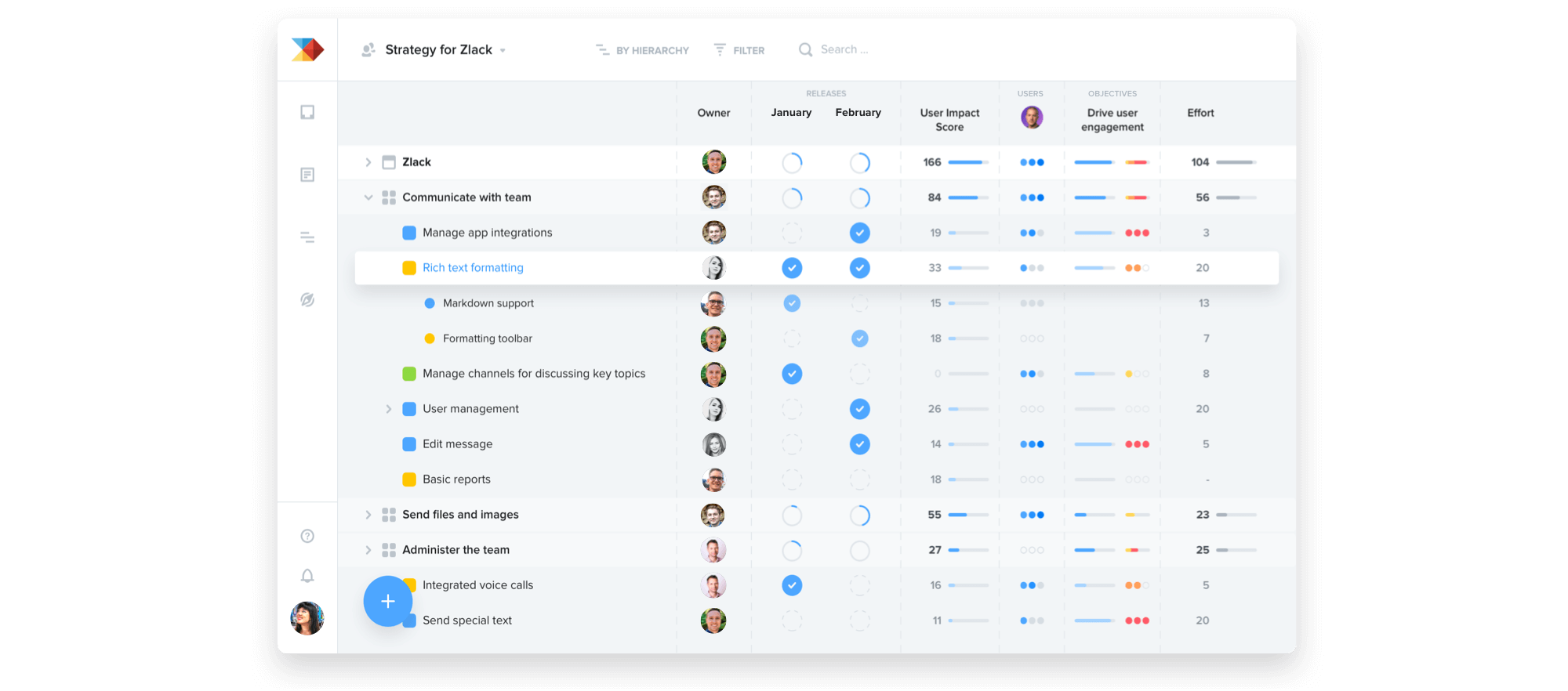
Adopting product management systems
It was the fall of 2013 when Productboard founder and CEO Hubert Palan became convinced there must be a better way to create and share the product roadmap, and not long after that he learned that wasn’t the problem at all.
Sure it was a hassle for product managers to design roadmaps in a PowerPoint, and to keep multiple versions for different audiences up-to-date. But the real problem, he learned, was the much thornier matter of deciding what got on the roadmap in the first place.
To prioritize what they’ll work on next, effective product managers rely on a clear product vision of what needs a product will solve for a given market. But this can only be formed with the help of thousands of inputs — from prospects, customers, churned users, colleagues, and executives, not to mention third-party partners, industry analysts, and investors. Historically these have been scattered across tens of tools in no format that’s actionable for informing prioritization decisions.
And the feature ideas that arise from those insights? Those have been captured in static spreadsheets or project management tools, designed for engineering execution, not prioritizing what to build based on user needs and strategy. But what good is delivering features more efficiently if the team isn’t working on the right thing?
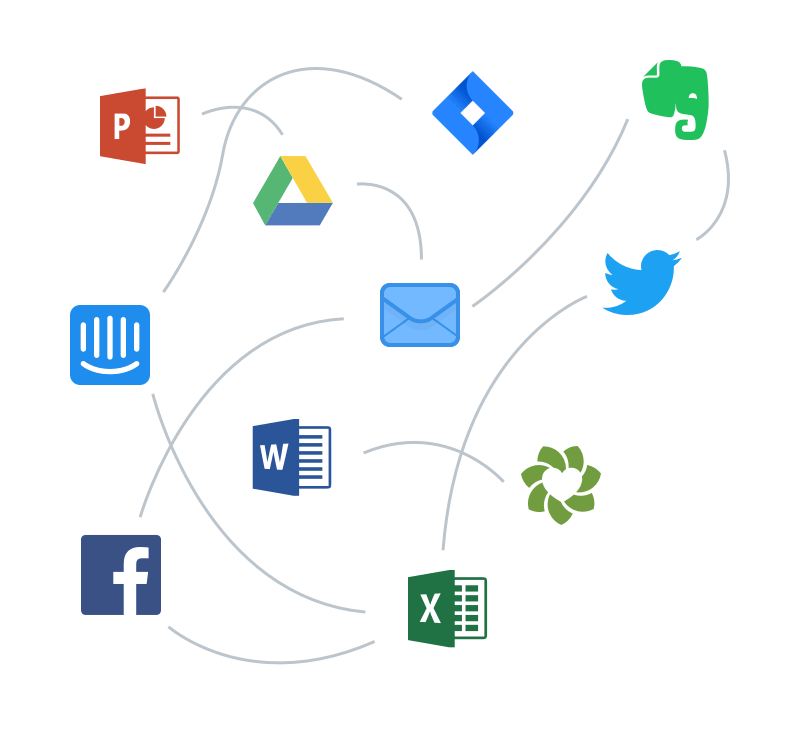
Only a dedicated product management solution can support workflows around identifying insights, prioritizing the right features to build next, and visualizing a roadmap that always stays up-to-date. And following its public launch in 2016 Productboard helped thousands of product managers do just that.
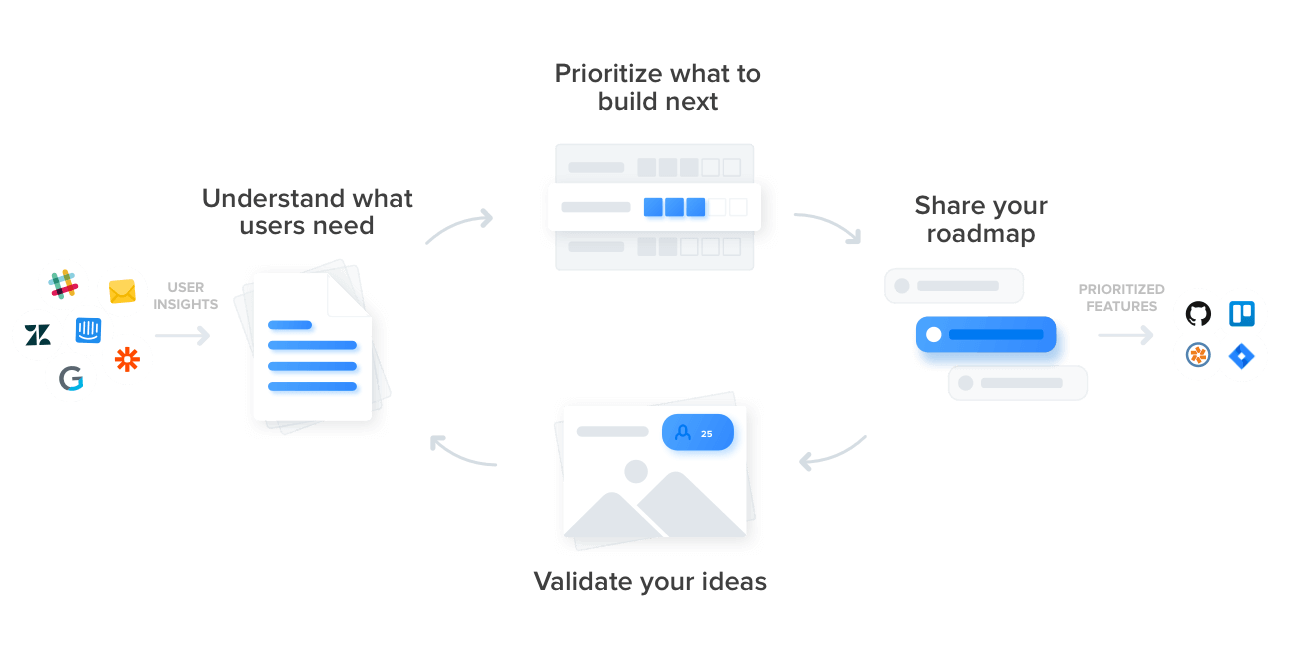
A single source of truth for product
As product managers began to use Productboard to support their most important prioritization decisions, they wanted to get their PM colleagues involved as well — even the entire product org! With everyone in one system, it would be easier to plan and collaborate, and invaluable to access all product inputs in one place.
Directors, VPs of Product, and CPOs approached us as well, looking to standardize their organization’s prioritization processes and get a holistic view of all their product teams’ priorities to ensure they aligned with company goals.
At the time, Productboard worked well for individuals and small teams, but product managers at the same organization often created separate workspaces to manage each of their products. It meant they could use Productboard to prioritize what to build next, but they lacked visibility into their product colleagues’ priorities.
So in early 2019 we set out to make Productboard a true product management system that could help entire product organizations carry out their product discovery, prioritization, planning, and roadmapping in one place.
Just 10 months later, we’re excited to share our progress!
Many product teams, one product system
Productboard is now optimized for many product managers and product teams to collaboratively prioritize, plan, and roadmap out of the same workspace. Anyone on the product team can zoom out for the big picture to search across all user insights, see feature ideas spanning all products, or view a roadmap for the whole product portfolio. Yet day to day, product managers can focus on the product data that relates to their work. Learn more
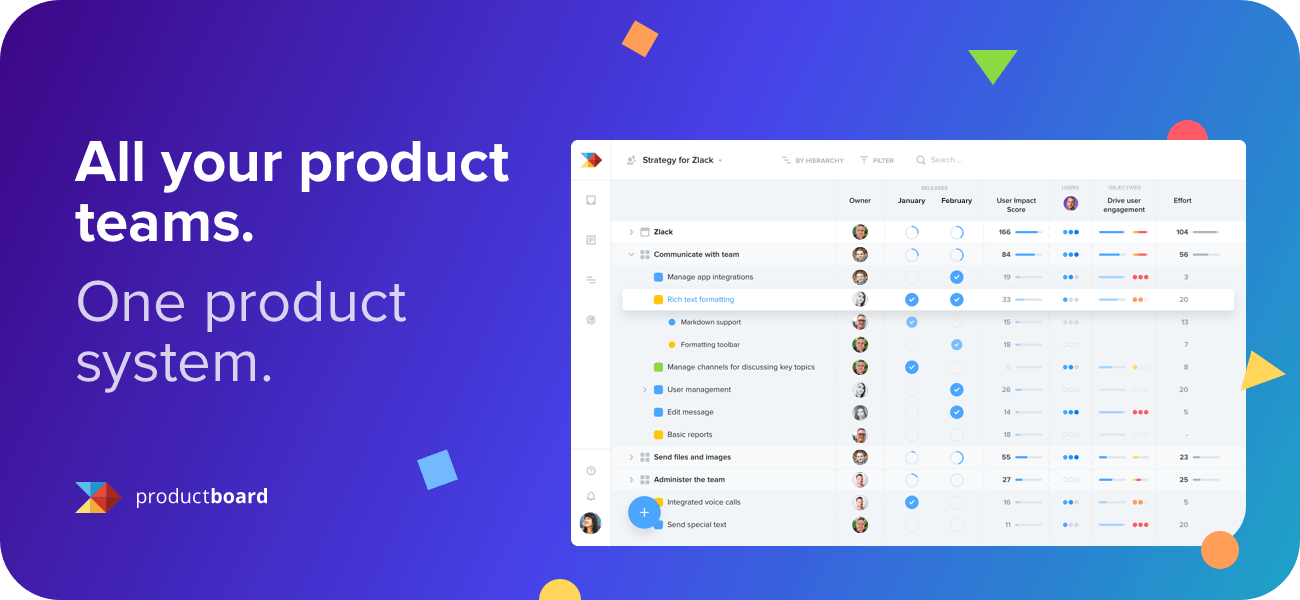
A centralized product hub that benefits everyone
With the latest updates, Productboard is no longer just for product managers, or even members of the delivery team. Everyone across the organization benefits from a product management system where they can submit insights to inform the product’s direction, and check in to see where the product is headed next. Learn more
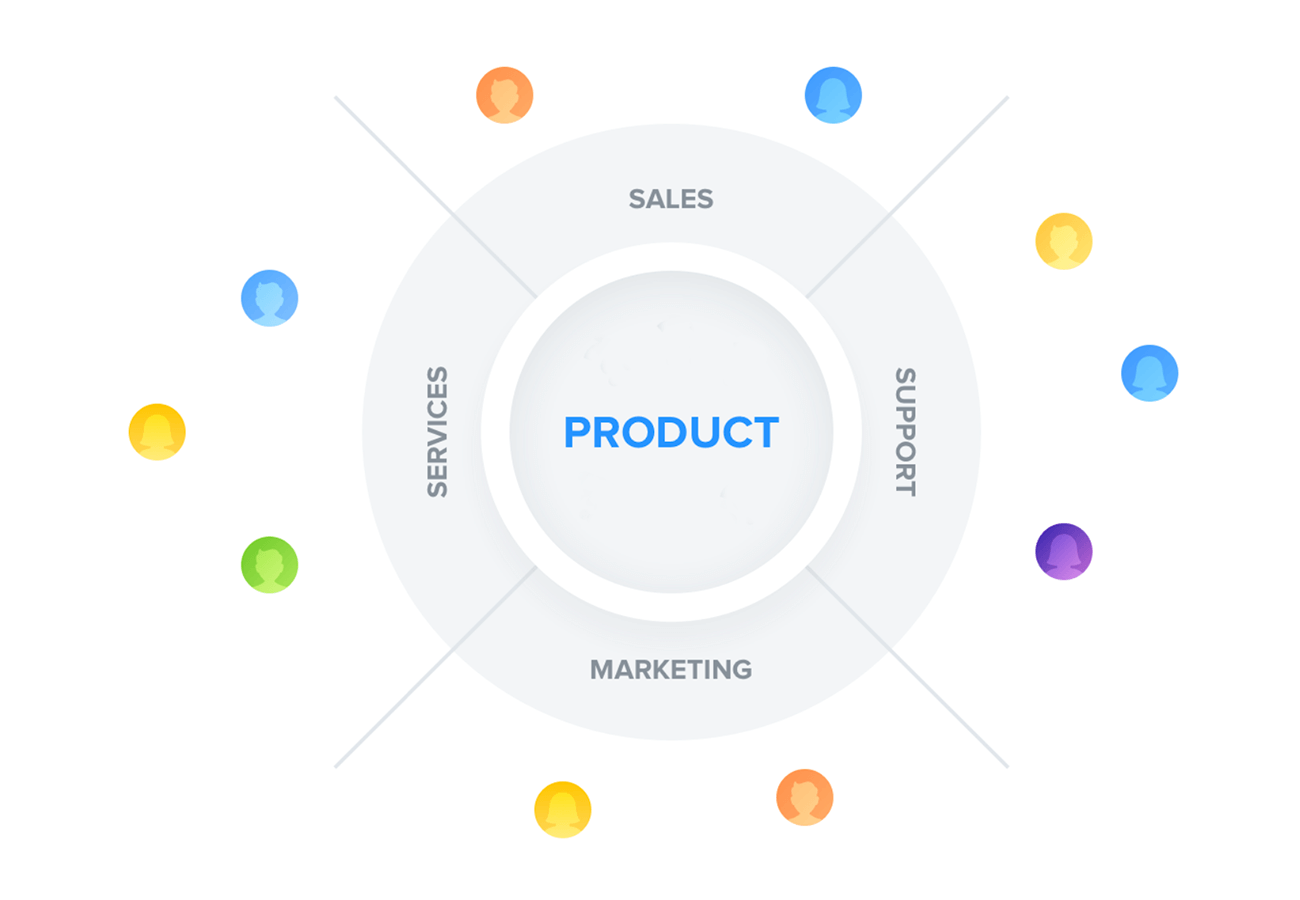
More insights to inform product decisions
With hundreds of user insights and product requests arriving from colleagues and customers every day, more established organizations need a way to efficiently process it all to better inform prioritization decisions. Productboard now offers a personal inbox as well as a shared team inbox for processing incoming inputs. Additional enhancements coming soon. Learn more

Objectives for focus and accountability
Modern product-led organizations define clear, measurable objectives that support the company’s goals. Productboard now supports more robust prioritization workflows for prioritizing features by objective and visualizing value/effort tradeoff on an interactive drag ‘n drop Prioritization matrix. Learn more
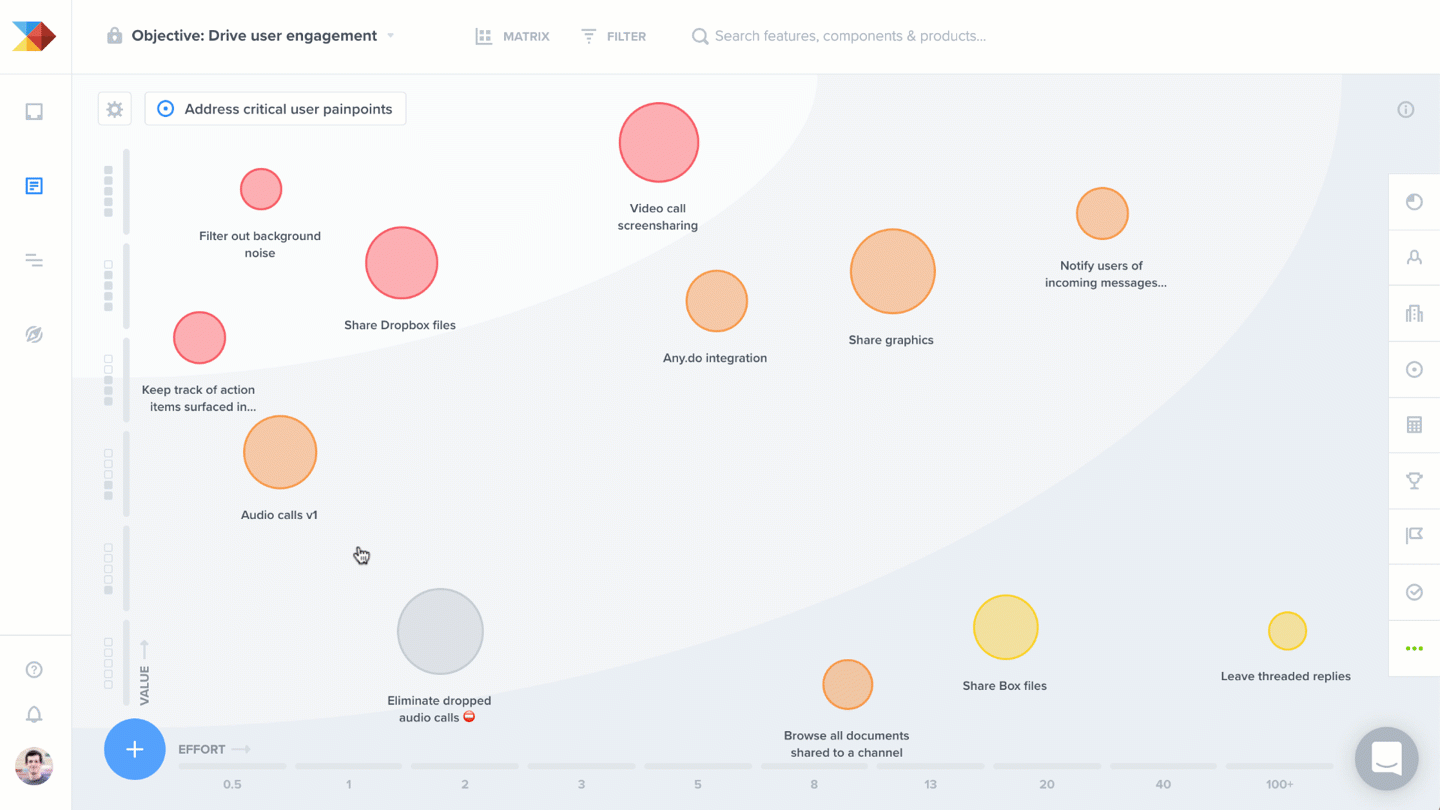
Close the feedback loop
Larger product organizations at more established companies must keep customers in the loop. But how can you do this efficiently as your customer base grows and user needs become more complex? Portal card updates can help. They allow you to post an update to any Portal card that can also be emailed out to all who requested the feature (or provided an insight that was linked to it). Learn more
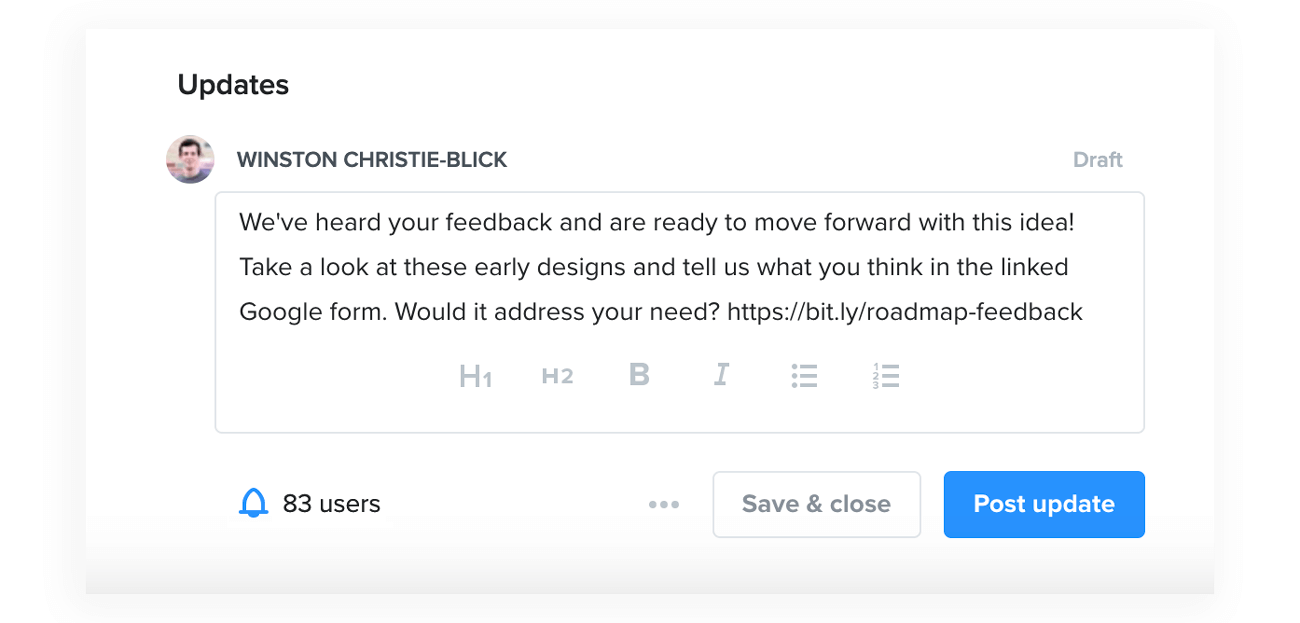
The system used by the world’s top product teams
With all the latest updates, some of the world’s top product organizations have taken note, adopting Productboard with a number of their product teams, or their entire product organizations: Microsoft, Capital One, Samsung Next, Avast, Zendesk, and Metromile.
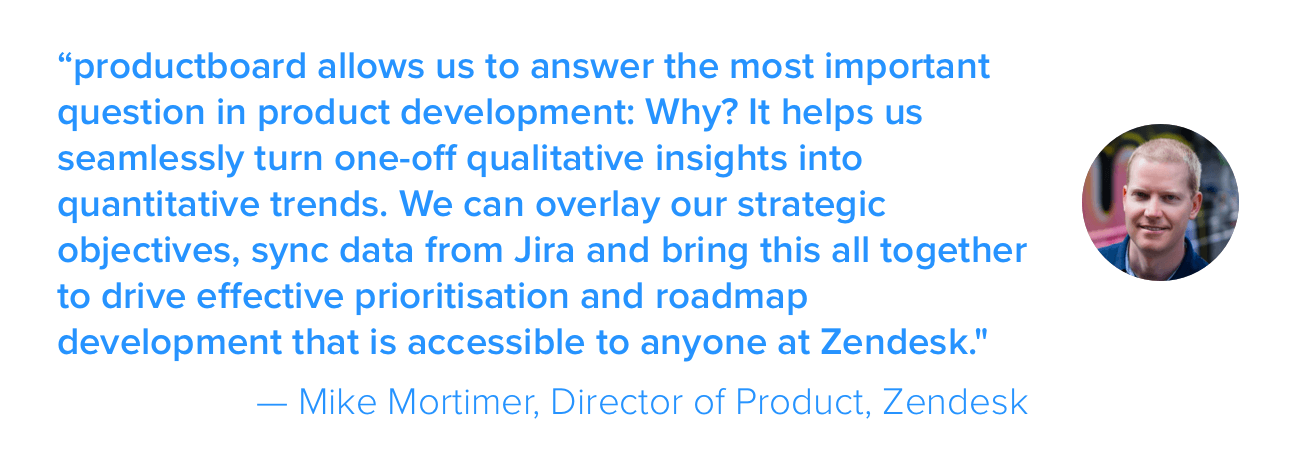
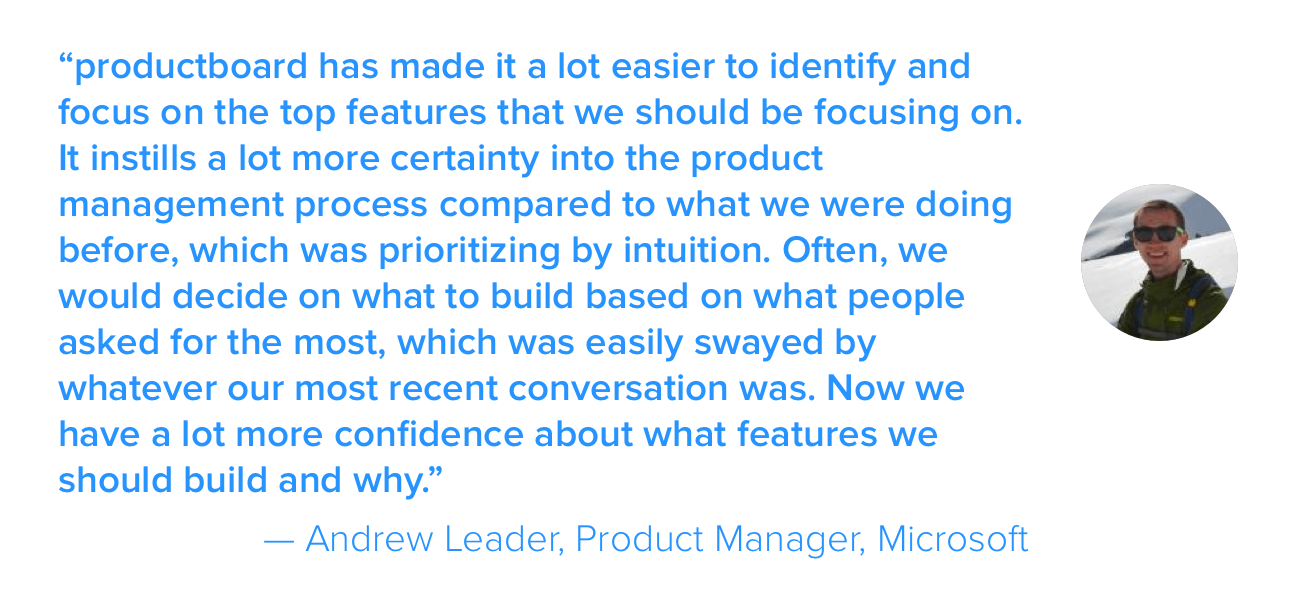


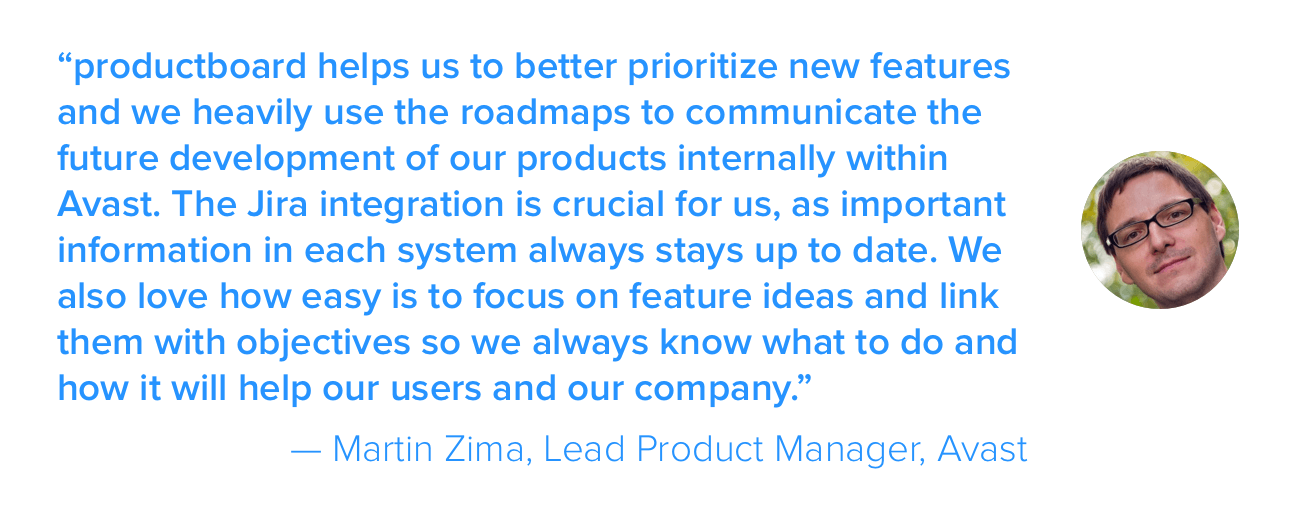
The future of Productboard
On Productboard’s own roadmap — shared publicly on a Productboard Portal — are additional features that will continue delivering on the same vision of a unified product management system built on Product Excellence best practices.
This includes a public API for routing product ideas, requests, and feedback from many new sources into Productboard, as well as enhanced functionality for efficiently processing all those inputs to inform product prioritization. A new type of time-based strategic roadmap is currently in progress. The ability to prioritize around the needs of distinct user segments remains high on the list.
As Productboard founder and CEO Hubert Palan stated, “In years past it may have been considered acceptable for product managers to informally capture product ideas and feedback across tens of tools not specifically suited to the task. That is simply no longer the case. Every organization is now a product organization, and as we’ve seen, they all need a dedicated system to manage the critical product decisions that will ensure long-term business success.”
Now is the time to re-evaluate the systems that power your product organization!
Productboard is the product management system that helps teams get the right products to market faster. Designed on the Product Excellence Methodology, Productboard aligns everyone on the right features to build next. Over 2,500 modern, product-led companies, like Microsoft, Zendesk, and UiPath use Productboard to understand what users need, prioritize what to build next, and rally everyone around the roadmap. With offices in San Francisco and Prague, Productboard is backed by leading venture capitalists including Kleiner Perkins, Index Ventures, and Credo Ventures.
Learn more at productboard.com and join the conversation on Twitter: @productboard.





